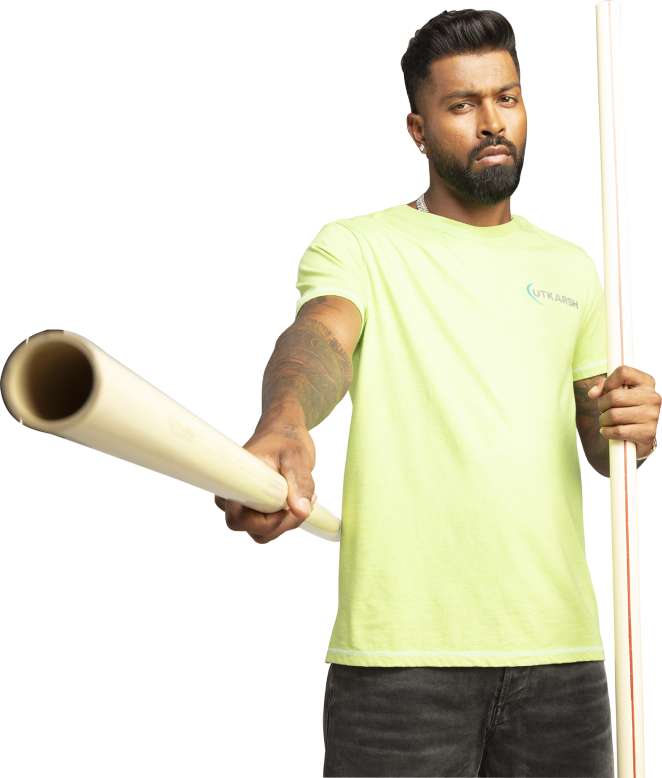How to Improve Industrial Lighting Performance? Useful Insights by One of The Leading High Mast Pole Manufacturers in India

Make full use of daylight
Optimising the use of daylight can lead to significant energy savings. Not just that, exposure to natural light can significantly increase mental alertness, productivity and psychological well-being. According to a study, natural lighting offers workers many benefits including better sleep quality and improved productivity. Large windows, transom windows and skylights can increase natural light in office designs. You can also replace the roof with translucent materials allowing in more natural daylight. This can increase the ambient lighting and thus requiring fewer light fixtures to be used during the daytime.
Note: If you decide to install skylights on your roof, make sure that you keep the local weather in mind. Solar heat gain during the summer months may cause overheating issues, negating the benefits of daylight.
There should be enough lighting
Sufficient lighting is important for an industrial environment. Lighting level requirements vary from one area to another and the task performed there. Here are a few things you should keep in mind when choosing lamps for your industrial setup:
CCT: Correlated colour temperature (CCT) defines the colour of light emitted from an electric light source. CCT is measured in units of Kelvin (K) – on a scale of 1,000 to 10,000. For an industrial space, anything from 2700 to 5000K is good, depending on factors such as the height of the ceiling and work that needs to be carried out. For outdoor lighting sites such as parking garages and security lighting, 3000-4000K is preferred.
CRI: Colour Rendering Index (CRI) refers to a measure of how an artificial light source shows an object's colour in comparison to daylight. Light sources with a CRI of above 80 to 90 are regarded as good as they help show the true colour of an object. In textile and printing facilities, lights with 90 CRI are preferred.
Install intelligent control systems
Photosensors detect the presence of daylight or ultraviolet (UV) energy. Most photosensors consist of a semiconductor having a property called photoconductivity. Photosensors turn on or off the light fixtures in terms of the amount of daylight available. This intelligent control helps in making good use of daylight and helps to save energy consumption.
Looking for a high-quality high mast lighting system for your industrial facility?
We, at Utkarsh India, offer high mast systems that conform to IS Standards and can withstand high wind speed and other adverse weather conditions. They can also be customised to withstand wind up to 300 kmph. They also undergo the wind tunnel test from IIT-Kanpur. We also export high mast systems to Nepal, Qatar, Oman, Rwanda and other countries. We are a trusted supplier for Indian Railways, Port Trust, National Highway, CPWD, PWD and Power Plants and Power Distribution Authorities. To get a quote, fill in your details.

















